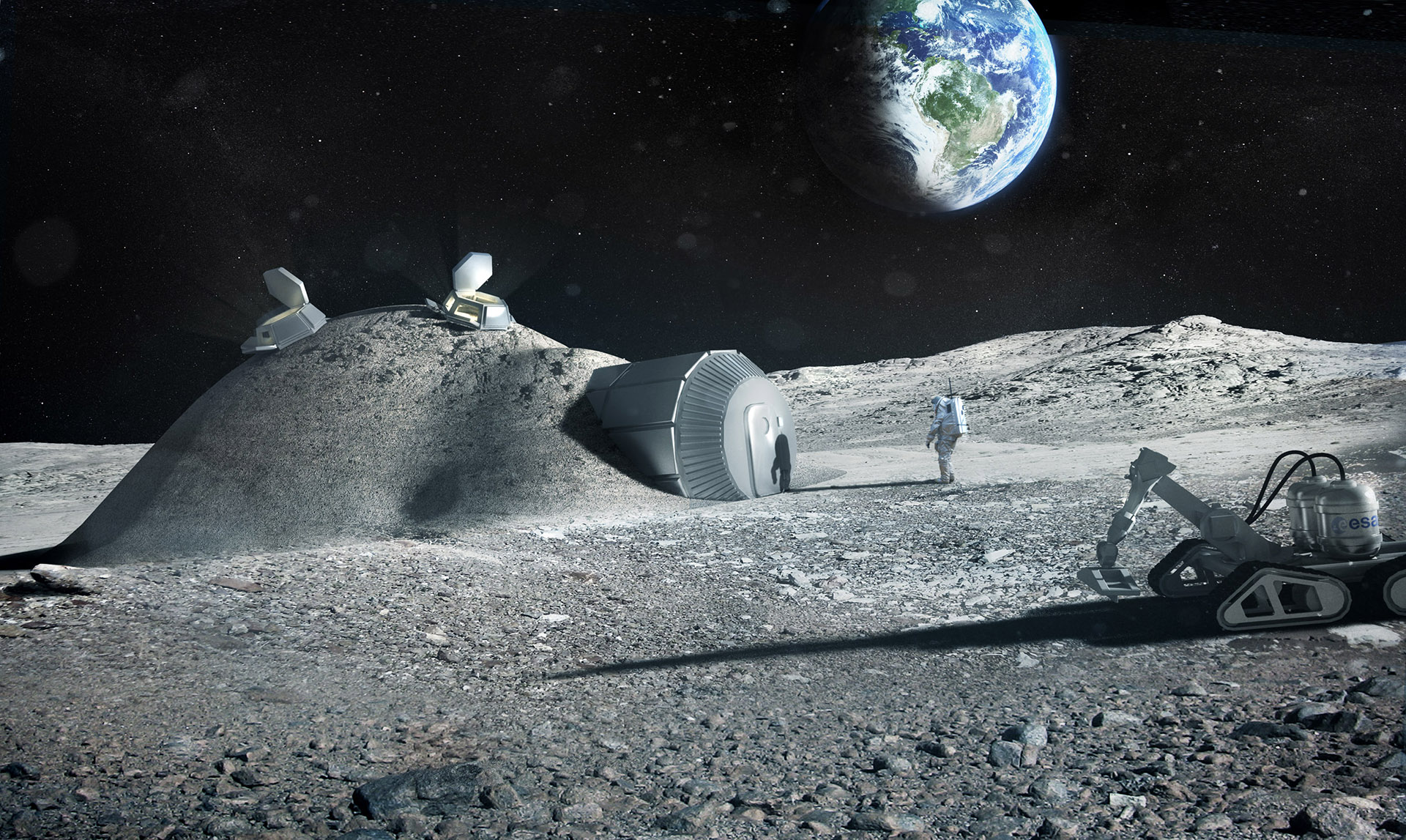Back to the Moon!
29 September 2017
In 1969, astronaut Neil Armstrong became the first person to set foot on the Moon, taking a giant leap for mankind. This was the first time anyone had walked on the surface of another world. Eleven more astronauts walked on the moon over the next few years, but no more have visited since the year 1972. Do you think it’s time we went back?
Exploration of the Moon did continue after the astronauts left, but by robots instead of people. Remote control probes and satellites have helped us to learn more about our neighbour in space. They have shown that there is a lot more exploring to do, but astronauts would be needed for that!
The problem is that sending humans to the Moon is very expensive. Even with all the advances in technology that we have made since Neil Armstrong’s time, it would cost so much money for people to return to the Moon that plans have not gotten very far. ESA wants to change that.
ESA’s idea is not to make the spaceships and equipment needed themselves, or even just with other space agencies, but to also work with businesses here on Earth. If big companies can make ships that travel to the Moon, then ESA can pay for the ride – like buying a ticket for a high-tech space taxi!
ESA also wants to help businesses on Earth to develop tools and technology that will allow us to build bases for people to live on the Moon. If we can make use of resources that are already on the Moon then journeys there will be much cheaper. For example, what if we could get to water hidden deep within Moon rocks? That would be very useful!
This plan is just the beginning. If businesses can help kick-start a new generation of Moon exploration, the technology developed could be used to explore more distant worlds in our Solar System, like planets, moons, comets, and asteroids. Humans could become a spacefaring race!
ESA is now asking businesses to help them with these plans. Do you think that this is a good way of making space exploration more affordable? Would you buy a ticket for a journey to the Moon?
Cool fact: Some areas near the Moon’s South Pole are almost always in the Sun’s light, meaning that human bases there could use solar panels to make electricity!







